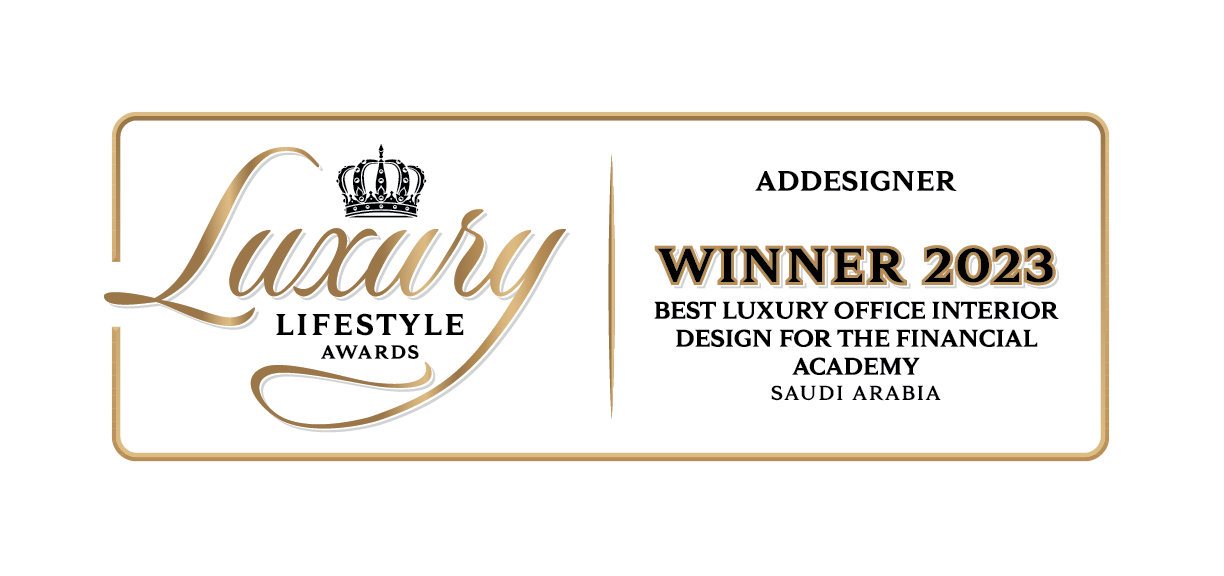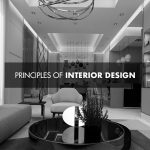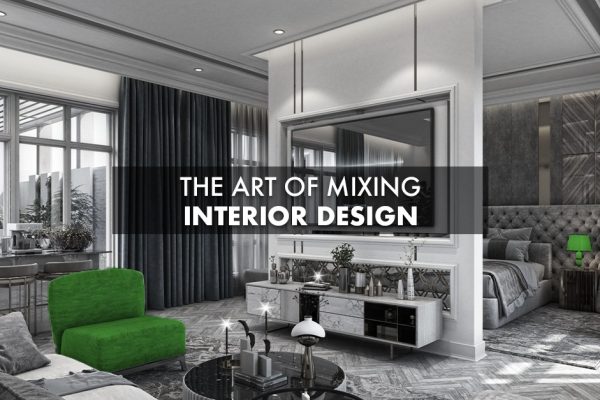Elements of interior design
• Color and texture are two essential elements of interior design.
Color can set the mood and tone of a room, while texture adds depth and dimension to the space.
Texture also affects how we perceive color, as it can absorb or reflect light differently depending on its surface.
When selecting colors and textures for a room, it’s important to consider how they will interact with each other and the overall design scheme.
A balanced use of color and texture can create a cohesive and visually appealing space.
• Lighting and space are also critical elements of interior design.
Lighting can highlight specific areas of a room and create ambiance.
There are three main types of lighting used in interior design: ambient lighting, task lighting, and accent lighting. Each type serves a different purpose and can be used together to create a well-lit and functional space.
Additionally, space planning is important to ensure that the room has a functional layout and that the furniture and accessories are appropriately scaled to the space.
• Furniture and accessories are the final elements of interior design.
Custom Furniture should be both functional and aesthetically pleasing, with careful consideration given to its placement in the room.
Accessories such as artwork, rugs, and decorative objects can add personality and style to the space.
When selecting furniture and accessories, it’s important to consider the overall design scheme and ensure that they complement each other.
By incorporating all of these elements into a design plan, one can create a beautiful and functional space that meets their needs and reflects their personal style.













